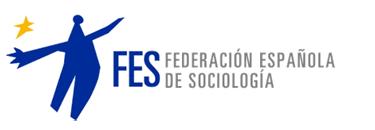Livestock culls in cattle breeding societies of Cantabria, Spain, EU (2001-2017). Quantitative aspects
Keywords:
Cattle slaughter, animal health, zoonoses, bovine brucellosis, bovine tuberculosis, risk.Abstract
Livestock culling practices have gained visibility since the beginning of the 21st century in line with the development of the Europeanization process and the consequent EU trade boom. At the turn of the century, new legislation gives a good account of this contemporary phenomena and the risk it entails. The different Animal Disease Eradication Plans become more incisive and specific regarding the measures to implement. Without a doubt, culling is the most extreme measure. In administrative terms, livestock depopulation implies the sacrifice of the entire cattle herd - although only one member has been diagnosed positive in the mandatory analysis – transport to the slaughterhouse and consequent slaughter, sealing off and cleansing of the owner's farm (stables and pastures), a quarantine period prior to the replacement (if possible) with new cattle, and compensation. This article examines the application of these measures in the Autonomous Community of Cantabria (Spain, EU), the number of livestock depopulations carried out, the number of cattle slaughtered, the size of herds and categories of grazing affected. That is, the quantitative basis from which to carry out an analysis of the entire sanitation process from a sociological perspective, with certain characteristics outlined to provide a theoretical context.
Downloads
Downloads
Published
Issue
Section
License
Sociología y tecnociencia is licensed under a Creative Commons Attribution 4.0 International License (CC BY 4.0).
The journal allows the authors to retain publishing rights. Authors may reprint their articles in other media without having to request authorization, provided they indicate that the article was originally published in Sociología y Tecnociencia.


